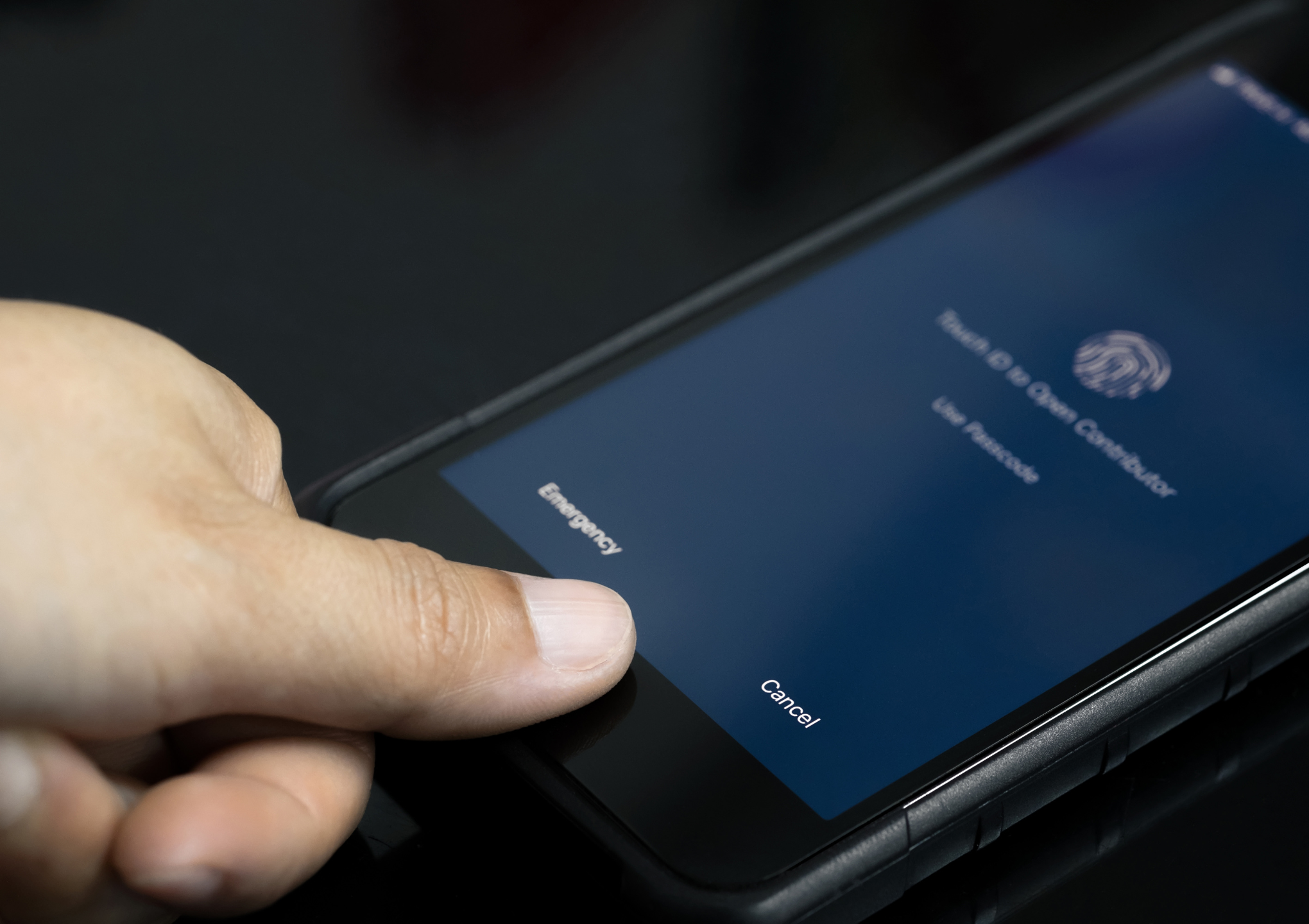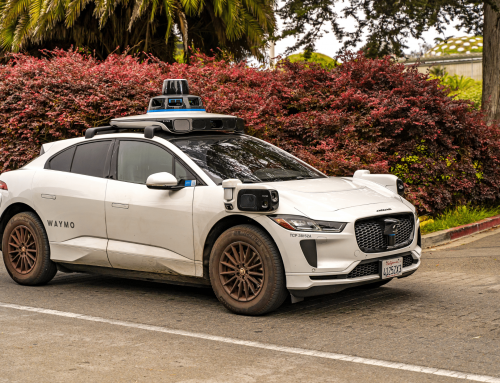One small finger for the judiciary - one giant step for law enforcement
If you have a smartphone in your pocket today, you carry half your life with you. Chats, photos, bank details, passwords - everything is behind a code, fingerprint or face scan. Until now, the rule was: if you don't want to unlock your phone, you can't be forced to reveal what you know - i.e. your PIN. But the Federal Court of Justice (BGH) has now ruled: Your finger belongs to you, but it can be used against you.
The ruling (Ref. 2 StR 232/24) allows law enforcement authorities to use force to place a defendant's fingers on the sensor in order to unlock a smartphone. The basis for this? A mixture of several paragraphs of the Code of Criminal Procedure - creatively combined.
When paragraphs are bent into shape
The BGH relies primarily on Section 81b (1) StPO, a rule that actually permits identification measures - i.e. things like photos, fingerprints or similar methods to determine "physical characteristics". The problem is that the standard allows these characteristics to be recorded, but not used to obtain completely different data.
But the BGH says that technology is developing and the provision is "open to technology". This means that fingerprints can also be used for unlocking - after all, this serves the "execution of criminal proceedings". Critics such as lawyer Felix Ruppert see this as a dangerous attempt to turn a standard into an all-purpose tool. This logic could be used to justify almost any investigative action.
From finger to complete data access
The difference is huge: a photo or fingerprint reveals little. An unlocked smartphone can reveal everything - movement profiles, private conversations, intimate images. That is why the intrusion is much deeper and affects the fundamental IT right protected by the Federal Constitutional Court. Such massive access actually requires a clearly regulated, specially tailored legal basis.
The Federal Court of Justice attempts to bridge this deficiency with a "chain of standards" from sections 94 et seq. of the Code of Criminal Procedure and a search ordered by a judge. The result: a legal patchwork that leaves more questions unanswered than answered.
The door is open - even for the face and iris
If the finger can be used in this way, what about the face? Or an iris scan? From a legal point of view, the door is now wide open. The path to "universal authorization" would be paved - a development that alarms data protection experts and constitutional lawyers.
Felix Ruppert puts it in a nutshell: the creation of new powers is the task of the legislator, not the courts. This is the only way to ensure that fundamental rights are sufficiently taken into account.
Creative interpretation with a bitter aftertaste
The police have been given a powerful tool - without the legislator having set the necessary limits. For citizens, this means that anyone who protects their smartphone with their finger or face must expect this security barrier to be overridden by a court order. Our tip: If a biometric lock is used, then as a second factor - and the actual access lock via a strong PIN or password. This is not only more secure, but also protects against the prying eyes of law enforcement.







